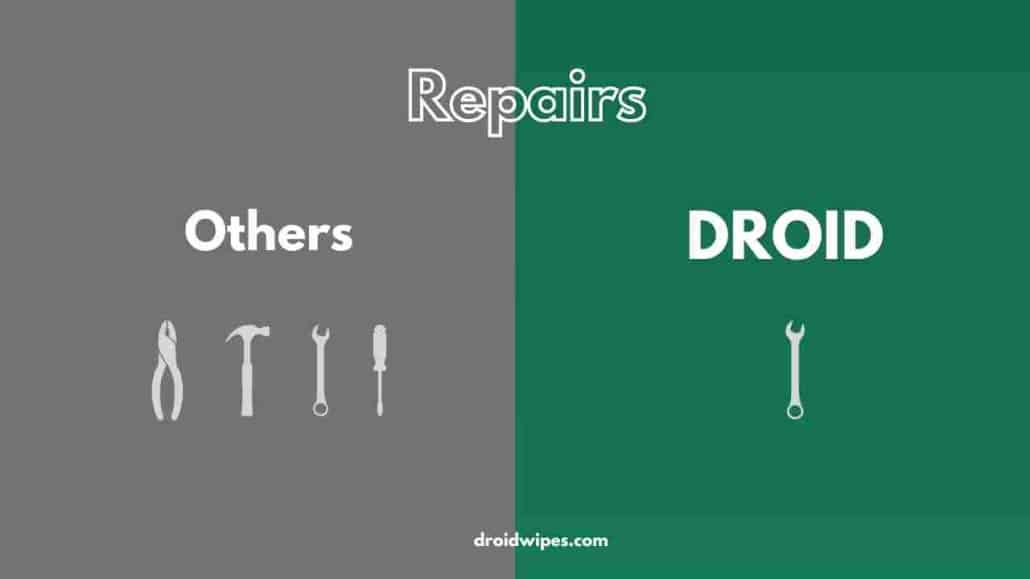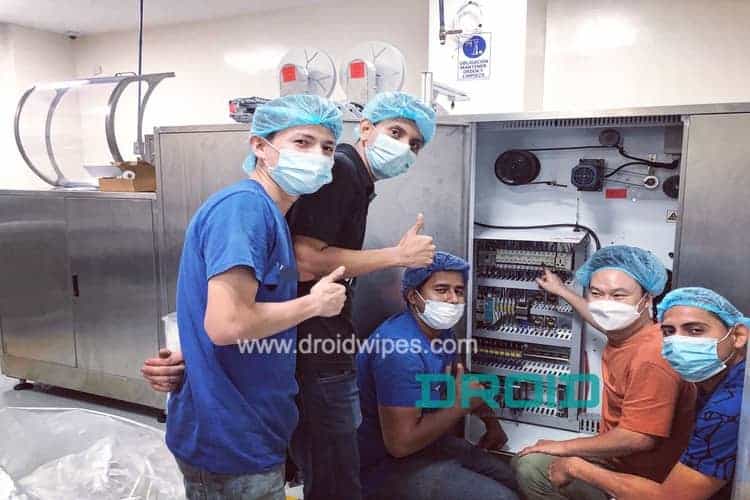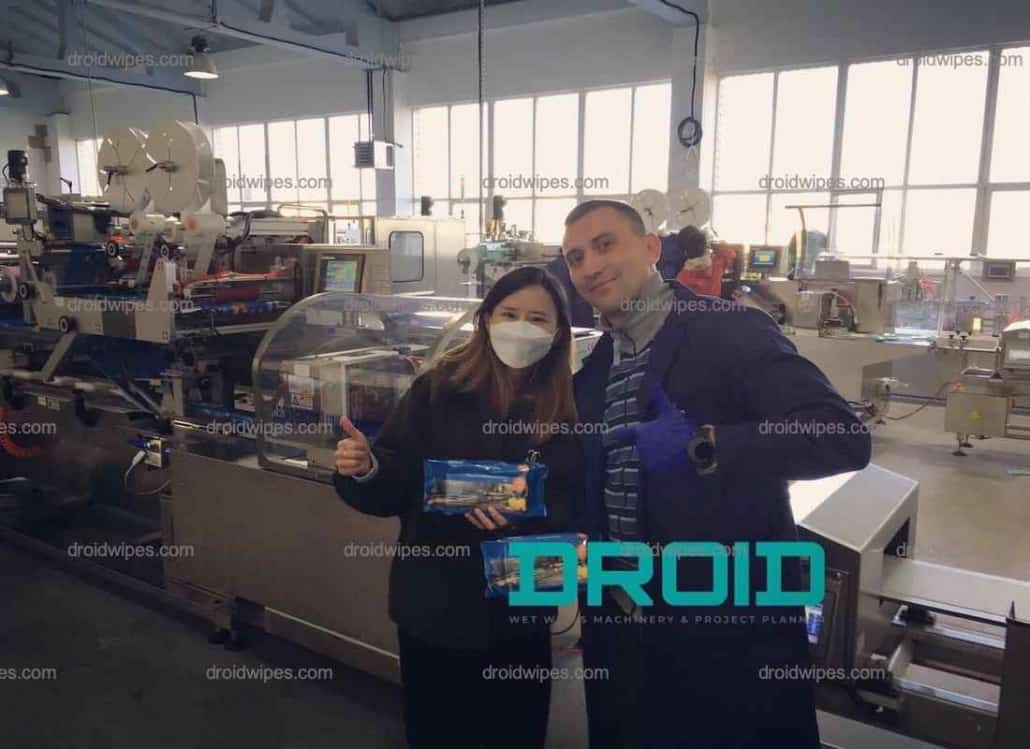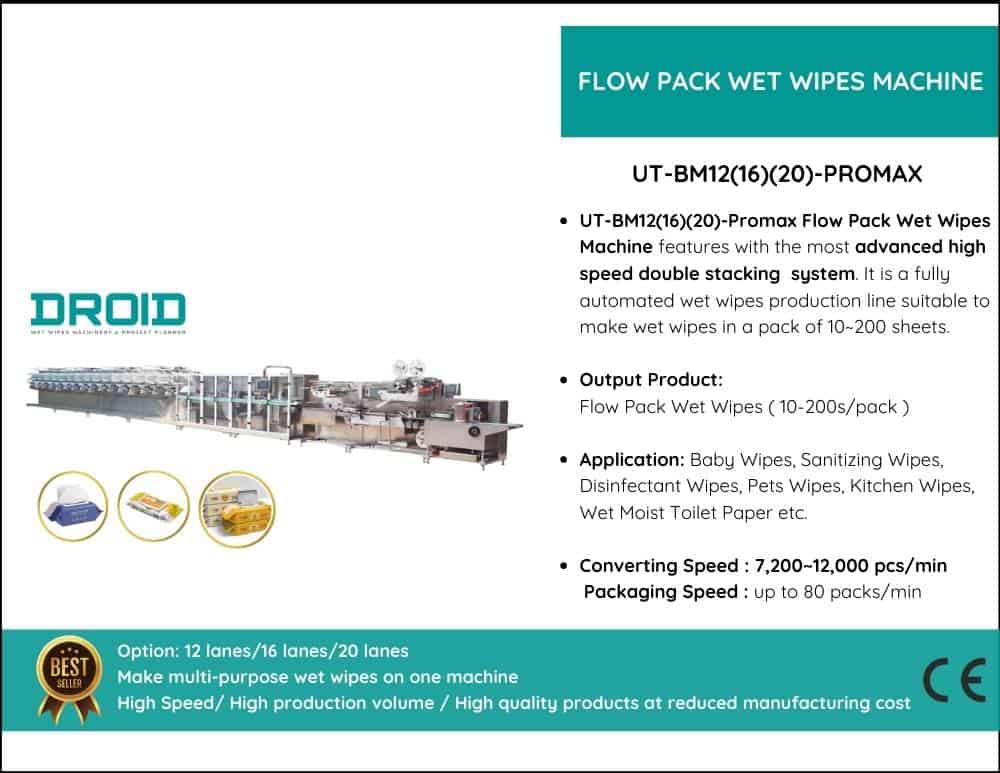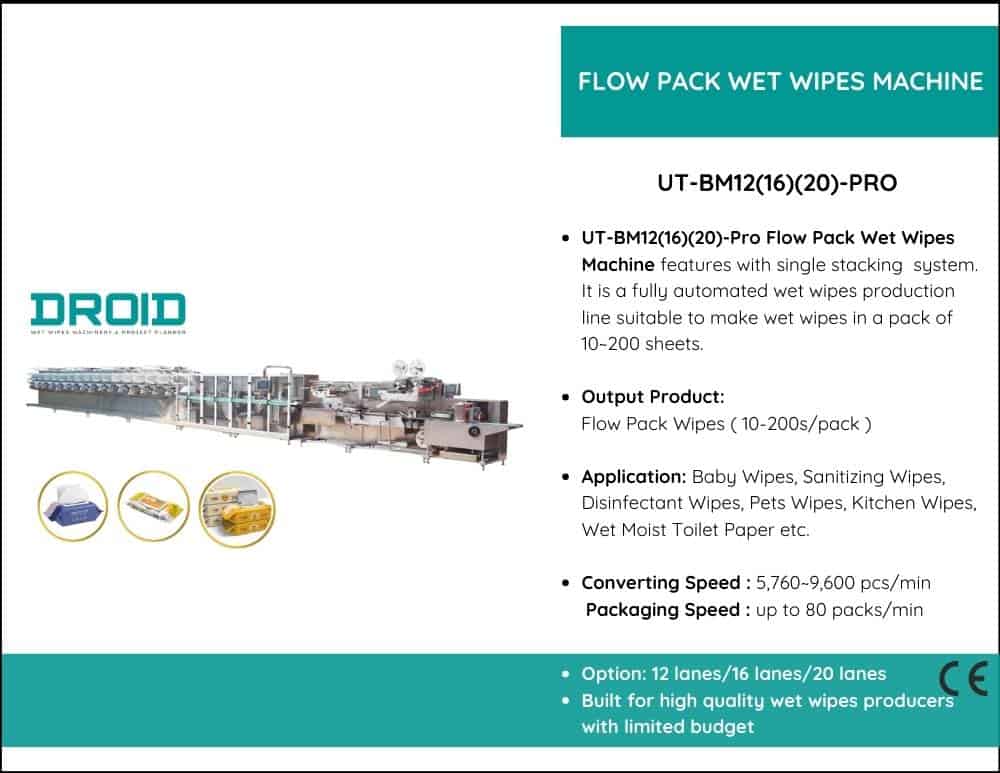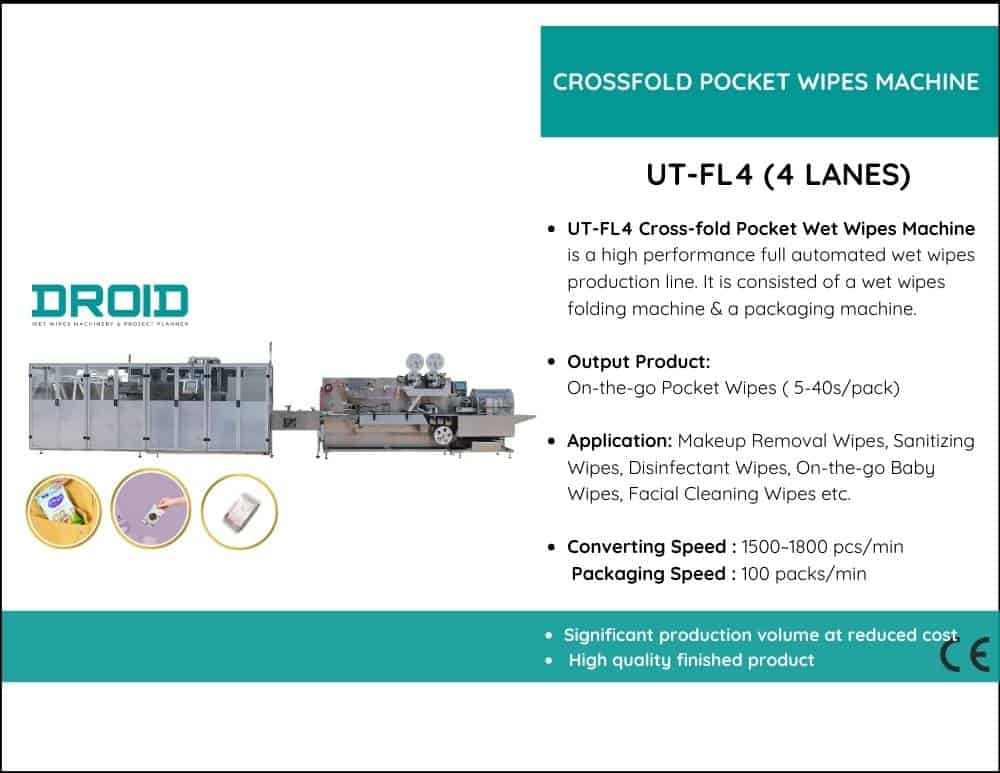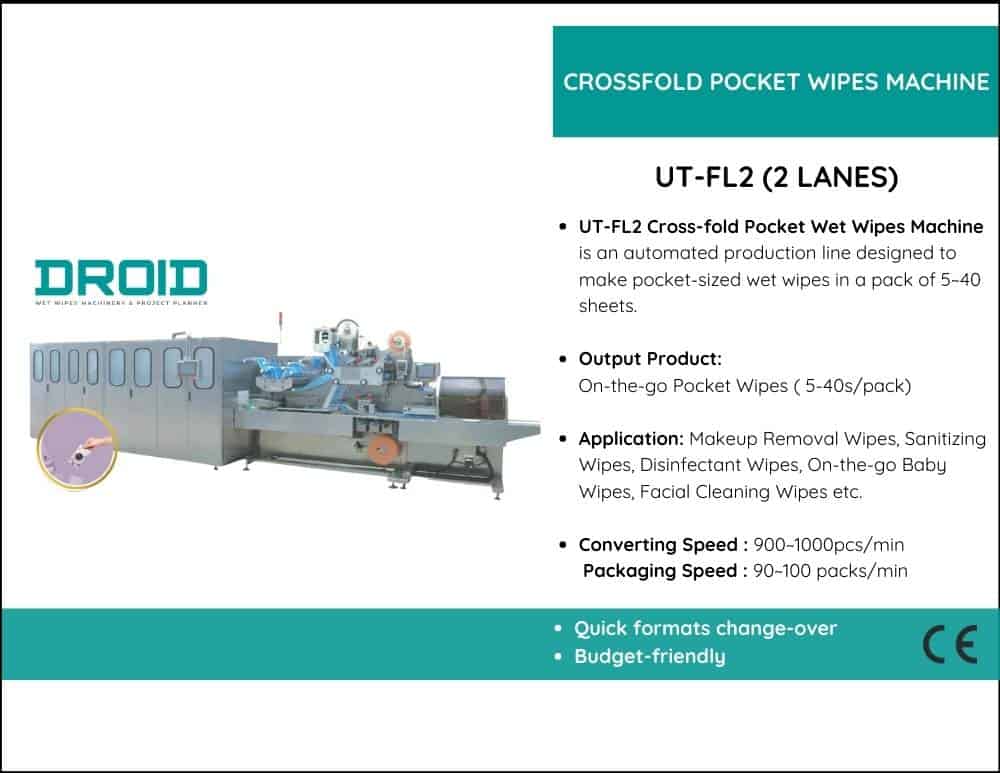Every minute of downtime in the production of wet wipes has a cost that is significantly higher than the immediate cost of repairs. In one hour, a high-speed converting and packaging process can generate more than 160,000 wipes. Unexpected line pauses result in the permanent loss of such units, which immediately affects sales and supply obligations.
The financial toll, however, is only the tip of the iceberg. Production plans that have been meticulously prepared are disrupted by downtime, resulting in shipping delays that erode consumer confidence. Retailers rely on consistent supplies, and even a single delayed delivery can give rivals a competitive advantage. Reliability is just as important as speed in today’s competitive market, where shelf space is scarce.
The unstated expenses also mount up rapidly. Utility use continues, idle operators continue to receive pay, and holding costs are increased by the waste of raw materials. Every unscheduled halt in large-scale initiatives increases overhead without producing results. Even worse, frequent malfunctions lower team morale and equipment confidence, which makes operators reluctant and less productive.
Above all, ROI is directly impacted by downtime. The yearly production of a wet wipes machine that theoretically operates at 3,000 wipes per minute but has frequent stoppages would be much less than what was advertised. More extended payback periods, lower profitability, and missed opportunities for growth are the outcomes.
For this reason, having strong after-sales service is crucial and not an alternative. The protections that prevent downtime from converting a lucrative project into a financial burden include prompt troubleshooting, a dependable supply of replacement parts, and preventative maintenance. Uptime is crucial in the production of wet wipes, and the actual cost of downtime is often far more than most investors first assume.


